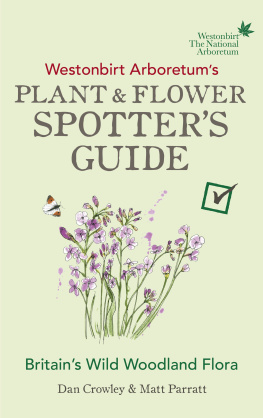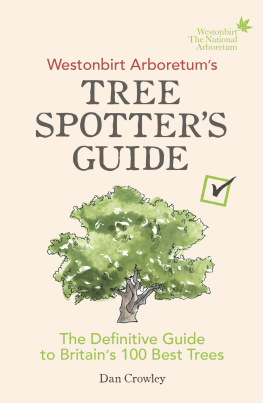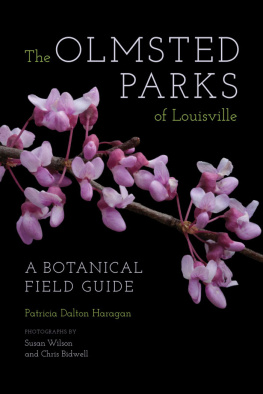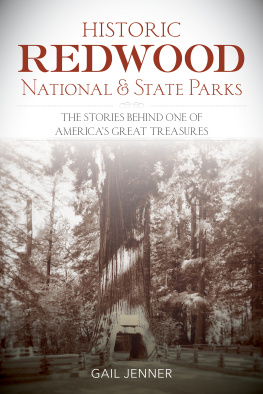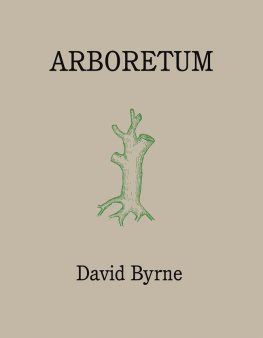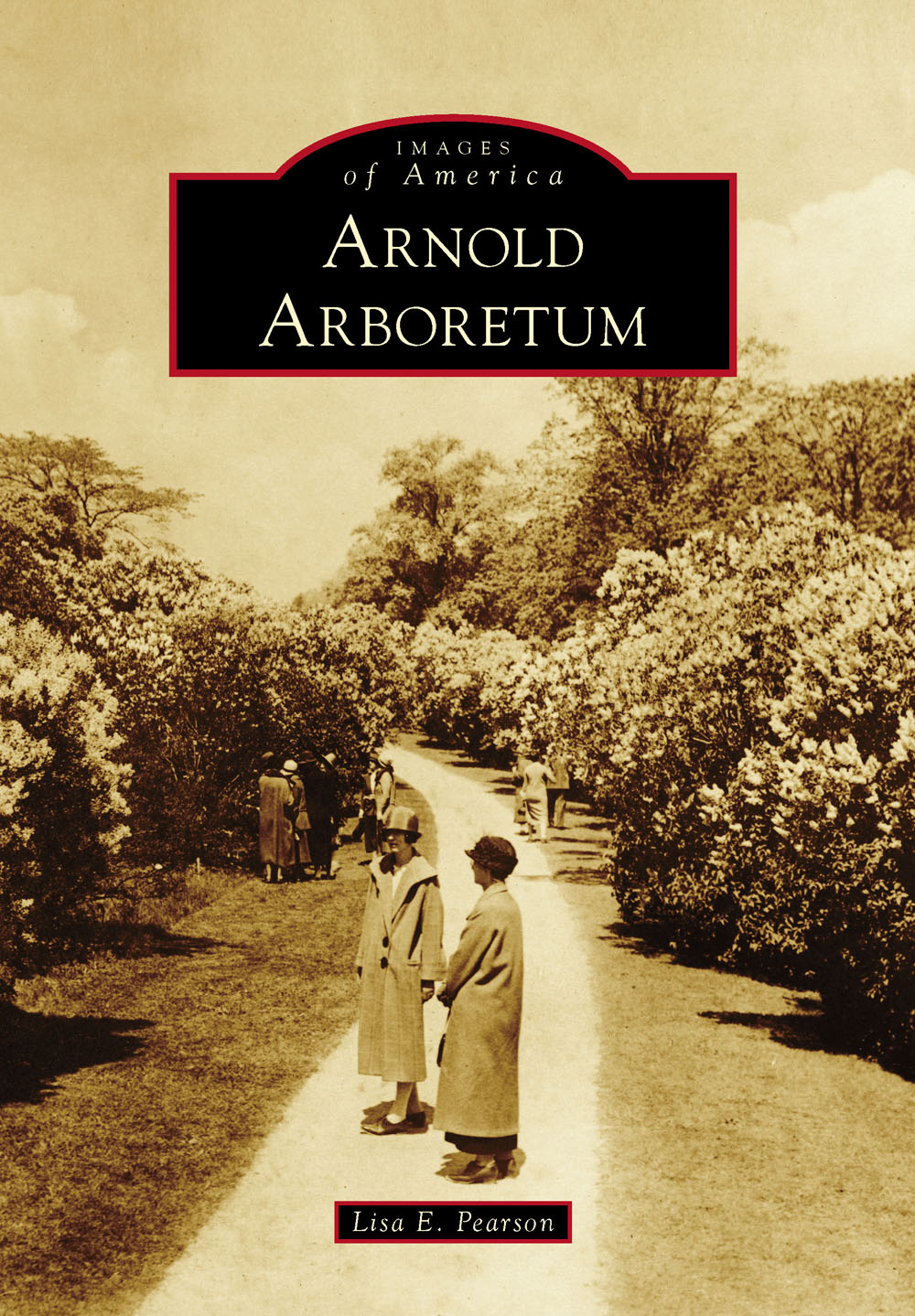
IMAGES
of America
ARNOLD
ARBORETUM
ON THE COVER: Ladies are in the lilac (Syringa) collection in full bloom on a cool day in late May 1926 in this photograph by Walter R. Merryman. (Courtesy of the Archives of the Arnold Arboretum.)
IMAGES
of America
ARNOLD
ARBORETUM
Lisa E. Pearson

Copyright 2016 by Lisa E. Pearson
ISBN 978-1-4671-3485-9
Ebook ISBN 9781439655009
Published by Arcadia Publishing
Charleston, South Carolina
Library of Congress Control Number: 2015943162
For all general information, please contact Arcadia Publishing:
Telephone 843-853-2070
Fax 843-853-0044
E-mail
For customer service and orders:
Toll-Free 1-888-313-2665
Visit us on the Internet at www.arcadiapublishing.com
CONTENTS
ACKNOWLEDGMENTS
I would like to thank Dr. William Ned Friedman, director of the Arnold Arboretum, for his support and encouragement during the preparation of this book. I would also like to thank my colleagues in the arboretum library, Larissa Glasser and Stephanie Turnbull, for their invaluable assistance with scanning, retrieving documents, and proofreading as well as keeping the library running while I was busy writing. In addition, I would like to thank the arboretums director of external relations and communications, Jon Hetman, for his keen editorial eye. Unless otherwise noted, all images are drawn from the Archives of the Arnold Arboretum.
INTRODUCTION
For nearly 150 years, the Arnold Arboretum has been a shining jewel in Bostons Emerald Necklace chain of city parks. It is a restorative refuge for city residents where they can enjoy natures beauty and serves as an educational institution providing learning opportunities for all ages. In addition, it is the site of cutting-edge scientific research on woody plants, climate change, and urban ecosystems.
In prehistory, the arboretum landscape played host to native peoples who hunted and fished in the wetlands. Europeans settled here soon after the town of Roxbury was founded, harvested timber from the abundant forests, and planted fields with crops. The Weld family and other early residents in the Jamaica end of Roxbury built a thriving community and raised a meetinghouse on Walter Street, the burying ground of which still remains today. At the beginning of the 19th century, goldsmith, merchant, and mill owner Benjamin Bussey (17571842) purchased an estate, which he gradually expanded over the next 40 years. These lands, which he bequeathed to Harvard University, would become the Arnold Arboretum. However, land alone cannot make a viable institutionfinancing is also requiredand this came from New Bedford merchant James Arnold (17811868). It was Arnolds generous monetary bequest coupled with Busseys land that created the Arnold Arboretum in 1872. The new arboretum soon gained a young energetic director in the person of Charles Sprague Sargent (18411927). The 32-year-old Civil War veteran immediately set to work and soon enlisted the help of Frederick Law Olmsted (18221903), the planner of New Yorks Central Park, to design the road system and develop planting plans for the grounds. It soon became apparent to Sargent that to accomplish his goals for the institution, he would have to find a way to cover the costs of the infrastructureroads, walls, and sewers. In 1882, he worked out a plan whereby Harvard University would give the arboretum land to the City of Boston and then lease it back for $1 a year for 1,000 years. In return, Boston would build and maintain the infrastructure and provide security, freeing Sargent to devote his budget to developing the arboretum. During the 1880s and into the early 1890s, the landscape began to take shape, and the roads were built. In 1886, the first major planting initiative took place, emptying propagator Jackson Thornton Dawsons (18411916) nurseries, which had been filled to overflowing.
During this time of intensive building of the landscape, Charles Sargent was also engaged by the US government in 1880 to conduct a census of American forests as part of the 10th census of the United States. He was also busy writing his Silva of North America, which described our native tree flora. The 14-volume text was brilliantly illustrated by arboretum herbarium and library director Charles Edward Faxon (18461918). Sargents passion for forestry carried forward when he began publication of the weekly periodical Garden and Forest in 1888. This seminal publication created a forum for some of the leading thinkers of the day on the subjects of conservation, urban parks, forestry, garden design and criticism, and botany. In addition, the journal was an unofficial voice of the Arnold Arboretum and included many articles by arboretum dendrologist, educator, and plant collector John George Jack (18611949), who was the face of visitor education for the institution for decades. Jack also provided instruction in dendrology for a generation of Chinese students pursuing advanced degrees through the Bussey Institution of Harvard University, who found it easier to study the flora of their country all conveniently displayed in one place.
Charles Sargent was also a world traveler, and in 1892, he journeyed to Japan. This trip settled his mind on the need for the arboretum to collect plants in the temperate parts of Asia. The relationships between plants from eastern North America and Eastern Asia (disjunct floras) had been most forcefully articulated by Harvard University professor of botany Asa Gray in the middle of the 19th century. This work helped ignite Sargents interests in Asia, and the trip allowed him to make permanent contacts with Japanese botanists who would work closely with arboretum colleagues over the years. In 1905, John Jack spent six months in Asia, visiting Japan, Korea, and China. As part of his itinerary, he journeyed to Hokkaido, Japan, and called upon Harvard-educated Prof. Kingo Miyabe (18601951) of the Sapporo Agricultural College, whom Sargent had visited in 1892.
In 1906, Sargent engaged a young Englishman, Ernest Henry Wilson (18761930), to explore China for the arboretum. Wilson, who had already made two trips to China for the Veitch nursery firm, was tasked with collecting woody plants in Hubei and Sichuan Provinces for three years beginning in early 1907. His expedition was extremely successful, and he returned with thousands of seeds, specimens, plant material, and spectacular photographs. The next year he went again, but this trip was cut short when he was caught in a landslide in western Sichuan. Rocks crushed his leg, and he was forced to return to the United States early.
While Wilson was in Sichuan, another young Englishman named William Purdom (18801921) was exploring for the arboretum in Shaanxi and Gansu Provinces. He did not collect as much plant material as his colleague, but his photography was particularly successful. Purdom favored wide vistas of the mountains and valleys of China such as those from Jehol (Chengde, Hebei Province). He also proved a gifted portraitist, capturing for posterity a rich anthropological and ethnographic record of the people from the Tibetan border region.
After recuperating, Ernest Wilson explored Japan in 1914. On this trip, he focused his study on native forests, cultivated plants, and horticultural practices, using the well-developed railroad system in the country to assist his exploration. He directed special attention to Japanese flowering cherries and learning more about Kurume azaleas, which he saw in a nursery in the Angyo district of Kawaguchi. He returned from 1917 to 1919 and also collected in Korea and Taiwan. From a scientific point of view, this is considered Wilsons most important expedition. During this trip, he successfully collected a selection of azaleas in the small town of Kurume on Kyushu.
Next page

